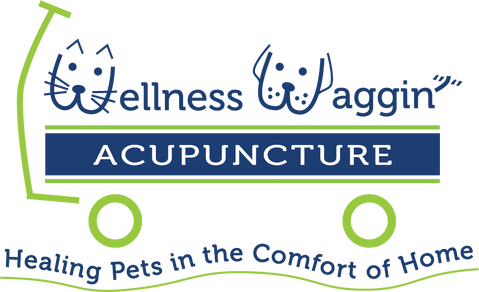404.579.7806
Acupuncture
|
Acupuncture is a branch of Traditional Chinese Medicine that dates back over 4,000 years. It can be defined as the stimulation of a specific point on the body (acupuncture point or acupoint) resulting in a therapeutic effect. The ancient Chinese people discovered 361 acupoints in people and 173 acupoints in animals.
There are 14 major energy channels, or meridians, that course through the body, and these meridians are where the acupoints are located. Modern research indicates that the acupoints and meridians are anatomically lined up with the nervous system and contain a high density of free nerve endings, mast cells, small arterioles and lymphatic vessels. Research supports that the stimulation of an acupuncture point induces the release of beta-endorphins, serotonin, and other neurotransmitters that are involved in the mechanisms of pain relief and healing. The ancient Chinese people also discovered that the health of the body depends on the state of Qi (pronounced ‘chee”) which is the vital life force, or energy, that flows through the meridians. Furthermore, there are two opposite forms of Qi: Yin Qi and Yang Qi. In a healthy body, the organs and bodily systems work together in harmony, and Yin and Yang are in balance. Disease and disharmony occur whenever there is a disruption in the flow of Qi, throwing the balance off between Yin and Yang. For example, if Qi is blocked by any pathological factor (such as a virus, bacteria, trauma, inflammation or cancer), then pain, dysfunction or ill health occurs because Yin and Yang are out of sync. Acupuncture stimulation resolves this blockage, freeing the flow of Qi and enabling the body to heal itself. Allie Jacobs doing her impression of a unicorn.
|
Watch this 6-minute PBS spotlight on TCVM, featuring Dr. Xie, the founder of The Chi Institute.
There are a variety of ways to stimulate the acupoints. These techniques include dry needling, electro-stimulation, aqua-puncture, and moxibustion. In addition to acupuncture, other branches of Traditional Chinese Veterinary Medicine include Chinese Herbal Medicine, Tui-na (massage) and Food Energetics Therapy. Regardless of the methods used, the goal is always the same: to restore homeostasis (health) by achieving a balance of Yin Qi and Yang Qi
What can acupuncture treat? Clinical trials indicate that acupuncture therapy can be effective in the following conditions:
Jake, an Umbrella Cockatoo, receives acupuncture for feather picking. Dr. Schepps got to be the assistant! — Photo courtesy of The Chi Institute.
|




